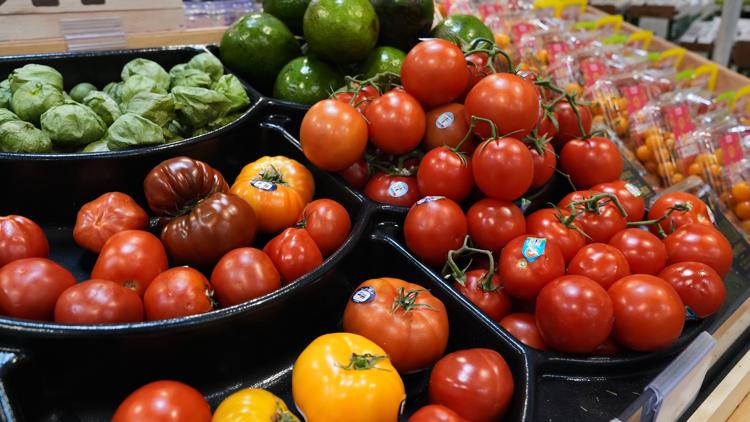The recent end of the government shutdown has cleared the way for the restoration of Supplemental Nutrition Assistance Program (SNAP) benefits, impacting approximately 42 million Americans across lower-income households. With the program serving about 1 in 8 individuals in the United States, the return of these benefits is crucial for many who rely on assistance for their daily nutritional needs.
The shutdown, which lasted from September 30 to October 1, 2023, had temporarily disrupted various federal services, including vital food assistance programs. As Congress reached an agreement to fund the government, SNAP benefits are now set to resume, providing much-needed relief to millions of families facing food insecurity.
Impact on Households and Local Economies
SNAP is designed to help low-income families purchase food, and its interruption caused significant concern among advocates and recipients alike. Many families depend on these benefits to maintain a stable food supply, especially as inflation continues to affect grocery prices. Local economies also benefit from SNAP, as funds injected through the program directly support grocery stores and food retailers.
According to the U.S. Department of Agriculture, the funds distributed through SNAP not only help families but also stimulate economic activity. Each dollar spent through the program generates approximately $1.50 in local economic activity, highlighting its importance beyond mere food assistance.
Current Challenges and Future Outlook
While the return of SNAP benefits marks a positive development, challenges remain. Many advocates are urging for policies that strengthen and expand the program, especially in light of rising living costs. The need for food security continues to grow, with many families still facing barriers to access nutritious food.
In addition, there are ongoing discussions in Congress regarding the long-term sustainability of SNAP. Policymakers are examining ways to improve the program and ensure that it can adequately respond to the needs of low-income households. As discussions progress, stakeholders remain hopeful that the federal commitment to food assistance will endure.
The return of SNAP benefits is a significant step towards supporting vulnerable populations in the United States. As the program resumes, it will be essential to monitor its effectiveness and the impact on families and local economies in the months ahead.






